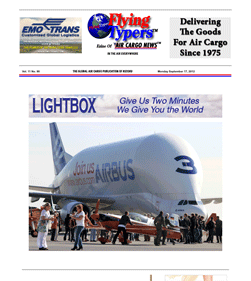
“Just
an old sweet song keeps Georgia on my mind,” wrote
the great song-writer Hoagy Carmichael.
Now, with just over
a week until The International Air Cargo Association (TIACA)
holds its biennial Air Cargo Forum (ACF) in Atlanta, Georgia,
the good timing of a mega-industry event cannot be denied
as the downturn of 2012 is concluding what, for many, is “that
year”—and 2013 looks to be not much better.
Networking at TIACA
will be king no matter what else is on the program, on the
trade show floor, where hundreds of booths are going up, or
in small gatherings in the bar, where visions get a jolt while
looking through the bottom of a rocks glass.
But however you view
the event, this next ACF could be the most important gathering
since the first one took place in Luxembourg in 1992, hosted
by Bob Arendal and Cargolux, as TIACA was reformed from the
old IACA and ACF entered the modern era.
This past Friday, as
folks across the USA lined up in the dark like orphans of
the night to buy their iPhone 5, the question amongst air
cargo was whether the new electronic device might spread the
wealth.
That result is yet
to be felt, but all those people (some in deck chairs) waiting
in the dark may shed some light on how big a bump air cargo
will get by show time next week.
As to what happens
next, we have been posing the question to top industry executives,
and the answers have come fast and furious.
We ask recently named
President of American Airlines Cargo Kenji Hashimoto how he
measures the market as October 2010 approaches.
“Speaking from
an AA Cargo viewpoint I have to say I am optimistic.
“New aircraft
with more capacity means we, in cargo, have new and different
opportunities.
“There are still
time-sensitive goods out there which can only move on airplanes
and there will always been new products which need moving
round the world in a time-frame which only air cargo can deliver.
“And at the same
time we can deliver greater efficiency on our part and help
draw the industry slowly towards e-freight – in all
its various guises – which again increases efficiency.
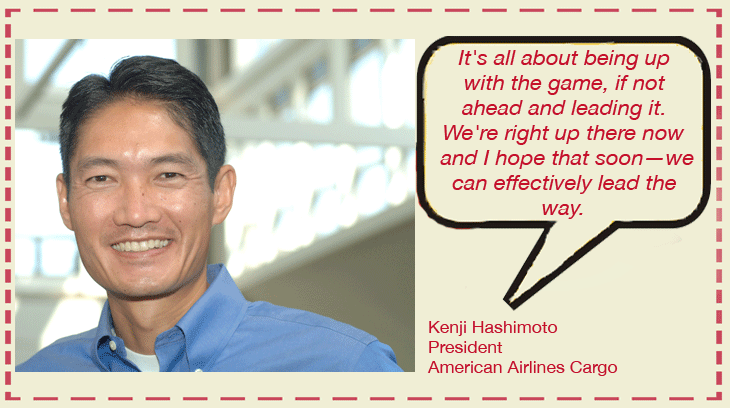
“Keeping AA Cargo
profitable during these times to some extent is driven by
the fact that many things are changing at this airline and
that's going to have a huge impact on everything we do.
“I've already
cited the new aircraft, but new aircraft with longer legs
will inevitably mean new destinations on the horizon and that's
always good for widening the customer base and the spread
of activity.
“Obviously the
cost structure changes as a result and therefore if you marry
everything together the profitability will be impacted in
a positive way,” Mr. Hashimoto said.
“The current
market can be read like a book: what before were hints and
nudges are now clear text and headlines,” says Oliver
Evans, Chief Cargo Officer, SWISS WorldCargo in an exclusive
interview with FlyingTypers.
“The global
airfreight market has shrunk by a further 3 percent year-to-date
in 2012.

“There has been
a real change in relative power, with vast new pools of consumers
in e.g. China, India, but also Africa or other parts of the
developing world, and powerful government-airline coalitions
are driving the development of new hubs and networks: Middle
Eastern airlines grew by 15 percent while most other regional
groups shrank. Complacent assumptions such as “the Far
Eastern markets will continue their steady growth path without
major hiccups” have been proved very wrong: for example,
Japanese exports by value shrank by 25 percent this year.
In short, the world
has changed (and will change again).”
Issa Baluch may know as much
about logistics as anybody you ever met.
Although today he is in Massachusetts
teaching at Harvard, once upon a time Issa invented the sea-air
business in a little place that you may have heard of lately
called Dubai.
Here the good Professor tells
it like it is, answering our question:
Where Do We Go From Here?
“The air cargo market
is still weak—nothing spectacular happening. We are
all caught up in a web of nightmares. Everyone around us talks
of bad dreams and that psyche is not comforting . . .

“Money is tight and large
corporations are sitting on money.
“It all goes back to the
comfort level. If the credit providers feel comfortable to
engage on credit in the market and the corporations are happy
to spend money, we could see a turn around in a few years.
Otherwise the bad dream continues.
“This is a phenomenon
which prevails across the globe. Thank you globalization!
In the meantime, my thought
is that companies should stay within the realms of their specialty,
give controlled credit to their good clients, stay liquid
(cash is king), and finally, lose the client when it is absolutely
a necessity."
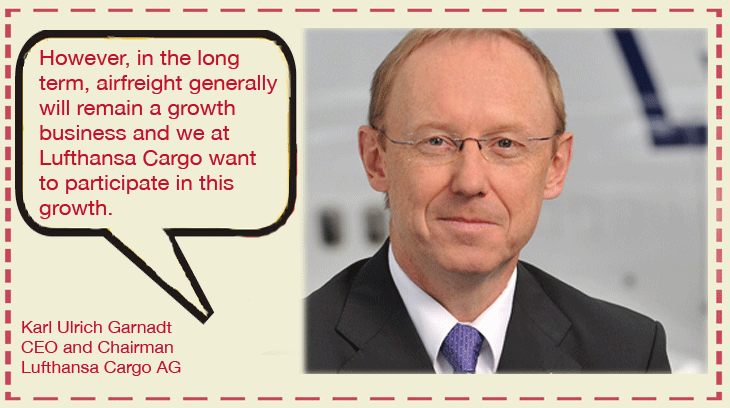
Karl Ulrich Garnadt,
CEO and Chairman Lufthansa Cargo AG.—no less optimistic
and in fact quite realistic—expressed his views to FT
:
“The iron rule
in the industry is that airlines can operate profitably only
when utilization is high—and where that is not possible,
we cut back on capacity.
“For sure, 2012
will be remembered as a rather difficult year.
“We might see
a small peak season at the end of the year, but it is still
uncertain how strong it will be.
On the GSSA and handling
side, Joseph Czyzyk, CEO & Founder, Mercury Group, Los
Angeles, says:
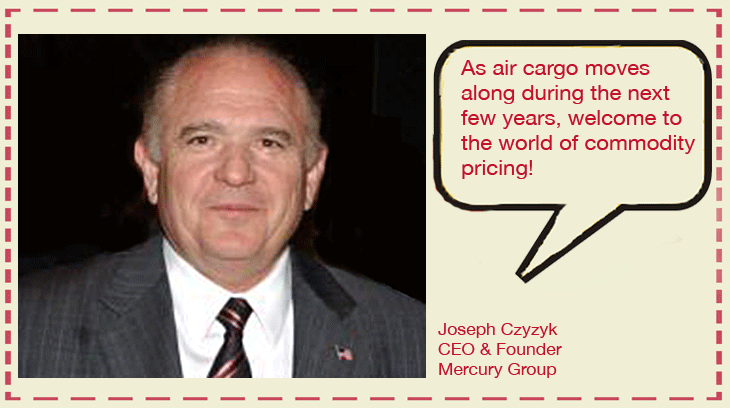
“Cost of aircraft
plus fuel and operations, multiplied by maximum possible amount
of hours flown is the numerator, and market rate is the denominator;
if the product equals at least 1.0, it will spell success
for an air cargo carrier over the next three years.
“All others
will fail.”
Bill Boesch, a long
time well-respected air cargo man says,
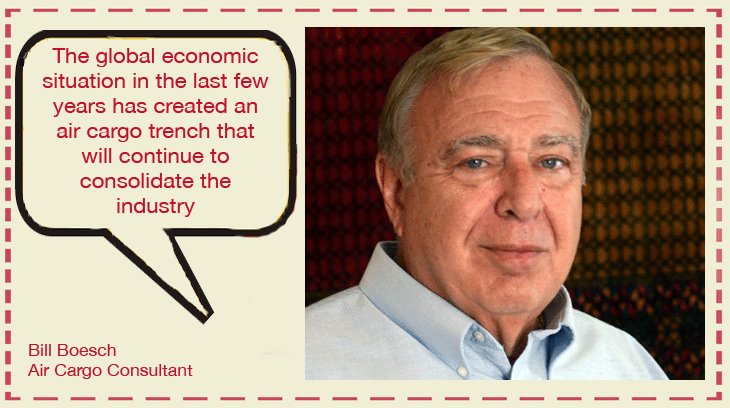
"In the U.S.,
some air cargo and combination non-schedule airlines are already
in bankruptcy and a few more may be eminent even with the
large volumes of military material moving by air into Afghanistan.
This large volume of air cargo is expected to shrink and dry
up with the U.S.-planned withdrawal from Afghanistan at the
end of 2014.
"Here trucks
queue up at Khyber Pass, giving an idea of the volume of goods
moved this past summer.
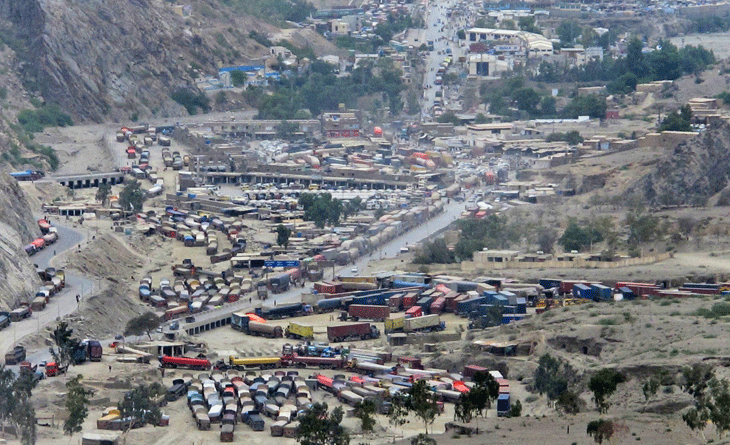
“To position
themselves for the years ahead, many carriers are shredding
their older, wide-body freighters and financing new fuel-efficient
aircraft in a market that some forecast will not start recovering
until at least 2015.
“Are the airlines
planning for this forecasted flat market situation, and if
so, how?
“Will capacity
be cut to maintain high prices to cover the high financing
costs of the new, fuel-efficient, wide-body freighters and
will the older aircraft be grounded?
“Will new start
up air cargo airlines pick up these freighters at a low cost
and operate them, which will increase market capacity?
“If so, will
the carriers with deep pockets let the prices fall with the
capacity increase, which will have serious consequences on
the carriers already operating close to their breakeven profit
margin?”
So what is to be gained
during the next week in Atlanta?
While not critical
of the trade show format, we gently suggest tough times need
some thoughts geared towards change at this gathering.
How about holding
a First Session titled “Where Do We Go From Here?”
just at the opening, featuring a group representing all the
transportation disciplines from every part of the world.
That title, by the
way is not meant to be self-serving, but it is also a banner
for our month-long exclusive story with the leaders in the
global air cargo business.
Rather, why not take
a good idea and make it better by involving everybody in some
down-to-earth, basic dialogue as ACF meetings and networking
go forward in Atlanta.
We should find out
what is on everybody’s minds as ACF 2012 takes off October
3. Take a half dozen people, put them up on the stage, and
ask them what they think. Then involve a room full of people
in the dialogue and let the ideas ebb and flow for an hour.
Our bet is that the
collective sense of people in transportation on message and
off scripted positions could lift everybody everywhere.
Someday those voices
might be remembered in air cargo folklore as the true start
of something different—an air cargo trade show that
ditched the canned stuff at the get-go to directly connect
to the moment.
That would truly be
“ an old sweet song.”
Geoffrey/Flossie

|


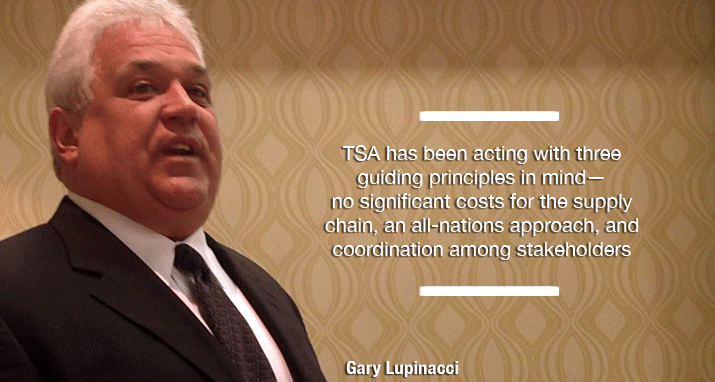
 Delta
Air Lines Cargo manager of security Derek Duiser (left)
elaborated on the minimum seven data elements (using the
air waybill or house waybill as the key) required for the
ACAS program, which are sent to the CBP National Targeting
Center using standard messaging such as FWB and FHL. Currently,
a forwarder—who is likely to have data before the
carrier does—will send the data to ACAS and a confirmation
is sent back. Should there be a hold, a message is sent
to the forwarder, who in turn acknowledges the hold and
responds to ACAS. Experience has shown that holds are data
related.
Delta
Air Lines Cargo manager of security Derek Duiser (left)
elaborated on the minimum seven data elements (using the
air waybill or house waybill as the key) required for the
ACAS program, which are sent to the CBP National Targeting
Center using standard messaging such as FWB and FHL. Currently,
a forwarder—who is likely to have data before the
carrier does—will send the data to ACAS and a confirmation
is sent back. Should there be a hold, a message is sent
to the forwarder, who in turn acknowledges the hold and
responds to ACAS. Experience has shown that holds are data
related.

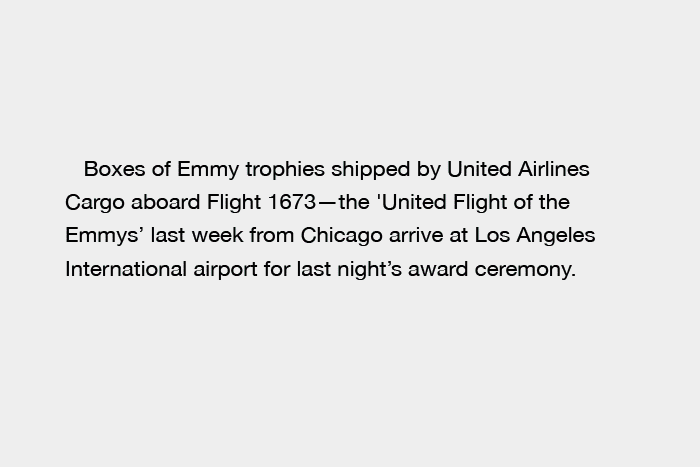









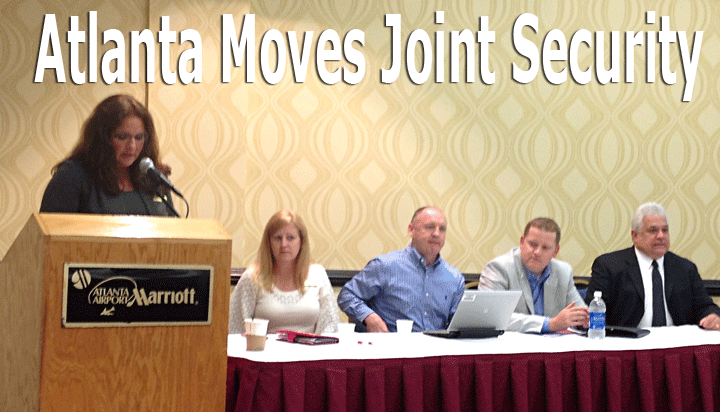
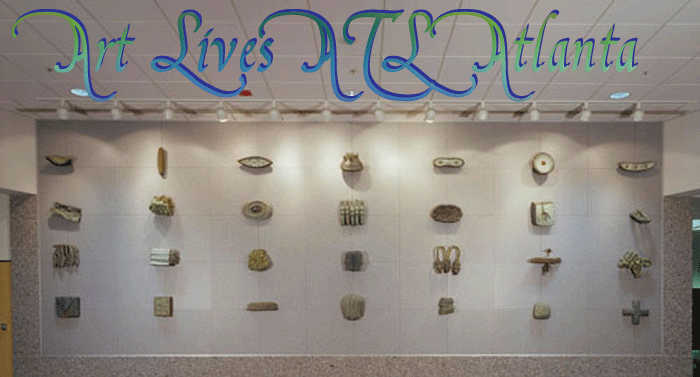
 ACF
visitors to Atlanta’s Hartsfield Jackson International
Airport should take a few minutes to enjoy one of the finer
collections of original artwork available at any gateway
in the world.
ACF
visitors to Atlanta’s Hartsfield Jackson International
Airport should take a few minutes to enjoy one of the finer
collections of original artwork available at any gateway
in the world.
